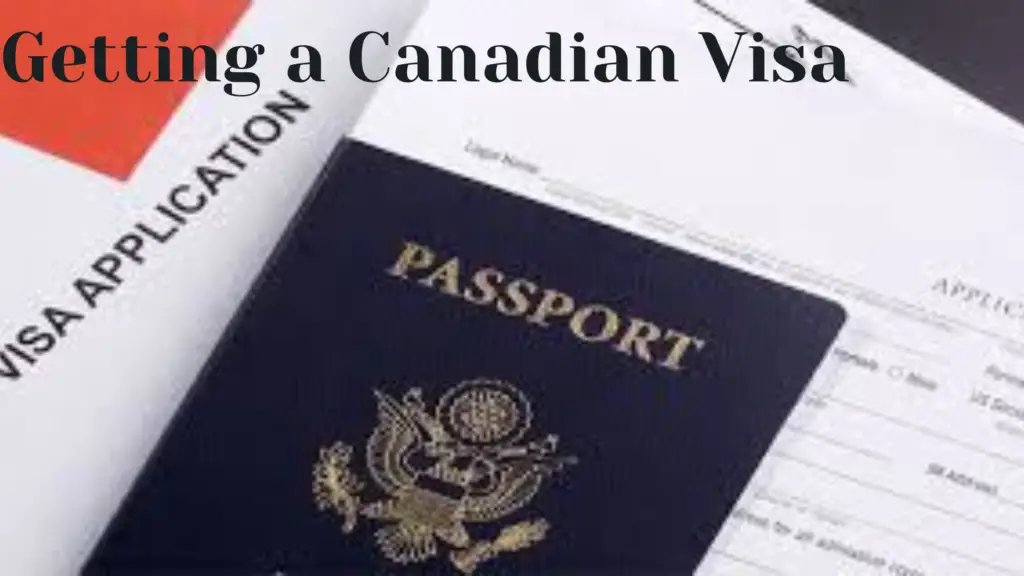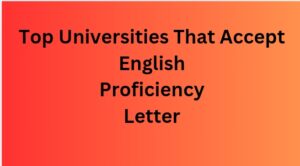
Table of Content
Introduction
Navigating the process of getting a Canadian visa can be both exciting and daunting for prospective travelers and immigrants. Canada, known for its breathtaking landscapes, diverse culture, and robust economy, attracts millions of individuals each year seeking opportunities for work, study, or simply to explore its vast beauty.
However, the intricacies of the visa application process can often seem overwhelming, with numerous requirements and forms to consider. To simplify this journey, we present 7 Easy Steps to Getting a Canadian Visa, a comprehensive guide designed to demystify the application process and provide clear, actionable steps for prospective applicants.
Whether you are looking to visit Canada temporarily, pursue education, or make it your new home, understanding the essential stages of the visa application will empower you to navigate the system with confidence.
Steps to Getting a Canadian Visa
#1.Understand the types of Canadian visas available for your needs.
Navigating the landscape of getting a Canadian visa requires an awareness of the various categories tailored to different purposes and individual circumstances. For instance, temporary resident visas cater to visitors and tourists, while study permits are designed for international students looking to pursue education in Canada.
Additionally, work permits facilitate employment opportunities for foreign nationals, whether through employer sponsorship or open work permits that allow for greater flexibility.
Each visa type has distinct eligibility criteria, application processes, and associated documentation, making it crucial for applicants to assess their specific needs and select the most appropriate visa category for their situation.
Furthermore, Canada offers pathways for permanent residency through programs like Express Entry or provincial nominee programs, which are geared towards skilled workers and their families. Individuals seeking long-term settlement must consider how their qualifications and experience align with the requirements of these programs.
Understanding the nuances of each visa type can greatly enhance the likelihood of successfully getting a Canadian visa.
#2. Gather required documents for visa application submission
Assembling the necessary documentation is integral to the visa application process for obtaining a Canadian visa. Each type of visa requires specific documents that substantiate the applicant’s eligibility and intentions. Common requirements may include a valid passport, proof of financial support, and documents related to employment or education, depending on the visa category.
Additionally, applicants should be prepared to provide biometric information as well as any required medical or police clearance certificates.
Meticulously organizing these documents not only streamlines the submission process but also minimizes potential delays or denials that could arise from incomplete applications.
It is advisable to review the official guidelines provided by the Canadian government, as they offer detailed lists of required documents tailored to each visa type. A well-prepared application, complete with all necessary paperwork, significantly enhances the likelihood of successfully getting a Canadian visa.
#3. Complete the Canadian visa application form accurately and thoroughly
Filling out the Canadian visa application form with precision and thoroughness is crucial for ensuring a successful outcome when pursuing a Canadian visa. Each section of the form must be completed accurately, reflecting the applicant’s personal information, travel intentions, and supporting details in a clear and honest manner.
Attention to detail is vital, as any discrepancies or omissions can lead to delays or even rejection of the application. It’s essential to cross-reference the information provided with the supporting documentation to guarantee consistency, thereby reinforcing the credibility of the application.
Moreover, applicants should take the time to familiarize themselves with the specific requirements and instructions associated with their visa category. This includes understanding the nuances of the application form and adhering to formatting guidelines, such as providing responses in the required language and using the correct units of measurement, significantly improving the chances of successfully getting a Canadian visa.
#4. Pay the necessary visa application fees on time
Timely payment of visa application fees is a critical component of successfully obtaining a Canadian visa. Applicants should be aware of the fee structure associated with their specific visa category and ensure that payment is made promptly to avoid any processing delays. Most visa applications will not be considered complete until the corresponding fees are paid in full, which can significantly impact the overall timeline for getting a Canadian visa.
In addition to adhering to payment deadlines, it is advisable to retain proof of payment, as this documentation may be required in case of discrepancies or inquiries from immigration authorities. Understanding the payment methods accepted and any potential transaction fees will further streamline the application process, allowing applicants to focus on preparing the necessary documentation for their visa application.
#5. Schedule your biometric appointment if required by your visa type
For certain visa types, applicants are required to schedule a biometric appointment as part of the application process. This step involves providing fingerprints and photographs to help confirm identity and conduct background checks.
It is essential to check the specific requirements associated with your visa category, as biometric submission is not mandatory for all applicants. Once you determine that your visa type requires biometrics, you should promptly schedule your appointment at a designated service point to avoid any delays in processing your application.
Timely completion of the biometric appointment is crucial in ensuring that your application remains on track. Failing to complete this step or missing your appointment can result in significant delays, adversely affecting your timeline for getting a Canadian visa.
It is advisable to prepare for the appointment by reviewing any specific instructions provided by the visa application center and ensuring that you have the necessary documentation, such as your appointment confirmation and identification.
#6. Submit your application and track its status regularly
After completing all necessary steps, the next essential action is to submit your application and monitor its status consistently.
Once your application is submitted, it enters a processing queue, and staying informed about its progress can help you anticipate any potential issues or additional requirements that may arise. Make use of online tools provided by the immigration authority to check the status of your application, as this can provide clarity and peace of mind during the waiting period.
Regularly tracking your application not only keeps you updated on its progress but also highlights any actions you may need to take, such as providing further documentation or responding to requests for clarification.
This proactive approach is vital in keeping your application on course, ensuring that you remain aligned with the timelines associated with getting a Canadian visa.
#7. Prepare for the visa interview, if applicable, with confidence
When the time comes for the visa interview, preparation is key to presenting yourself with confidence. Familiarize yourself with the common questions that may arise during the interview, as well as the specific requirements related to getting a Canadian visa. Review your application thoroughly to ensure all details are fresh in your mind.
Practice your responses to potential questions with a friend or family member to build confidence in your communication skills.
Conclusion
In conclusion, navigating the Canadian visa application process may seem daunting, but by following these seven straightforward steps, you can significantly streamline your journey toward obtaining the necessary documentation.
From determining the appropriate visa type to gathering required documents and preparing for potential interviews, each step plays a crucial role in ensuring a successful application.
Also Read;
Studying abroad – application process| 5 Things you need to know
Creating a Home Office Setup For Remote Workers 2025
Top (9) Remote Work Tools And Software For Efficiency
8 ways of Staying motivated while working remotely: Detailed Guide












